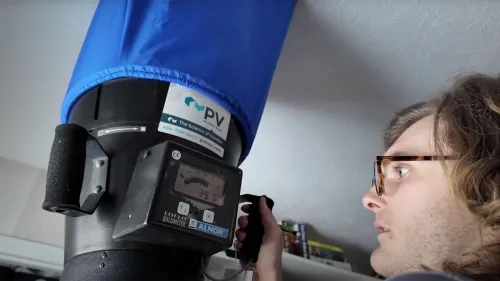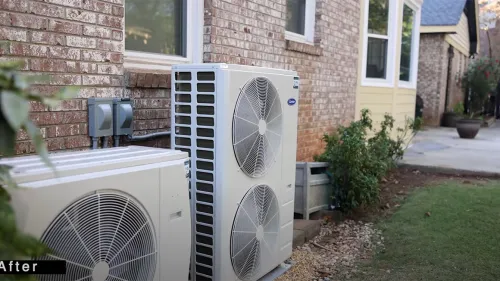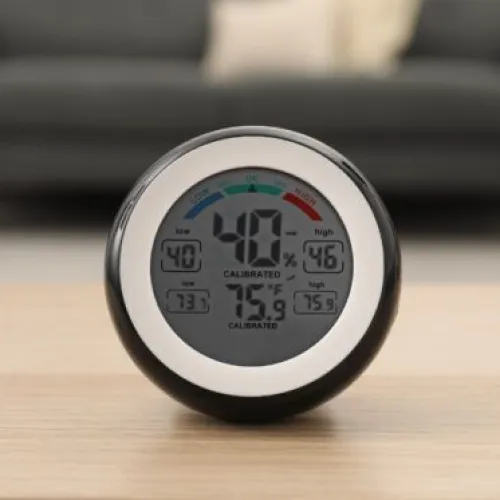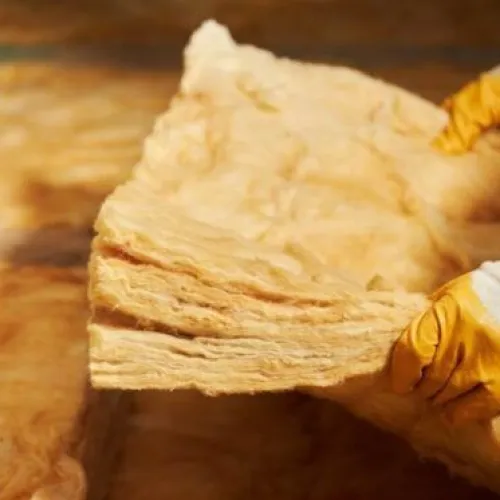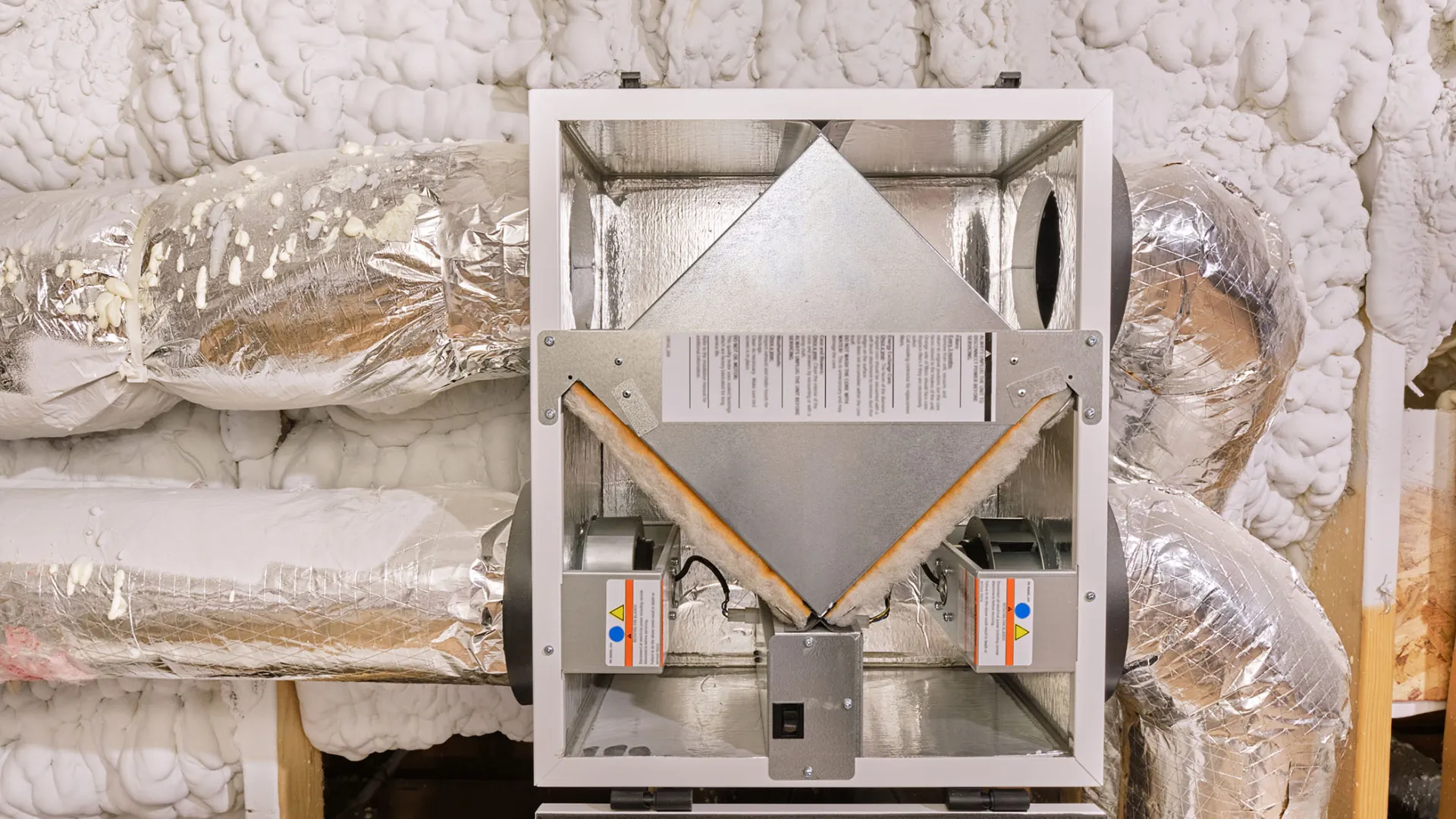
PV: The Home Performance Experts
Breathe Easier with an Energy Recovery Ventilator (ERV)
Energy Recovery Ventilation: How It Works and Why It Helps
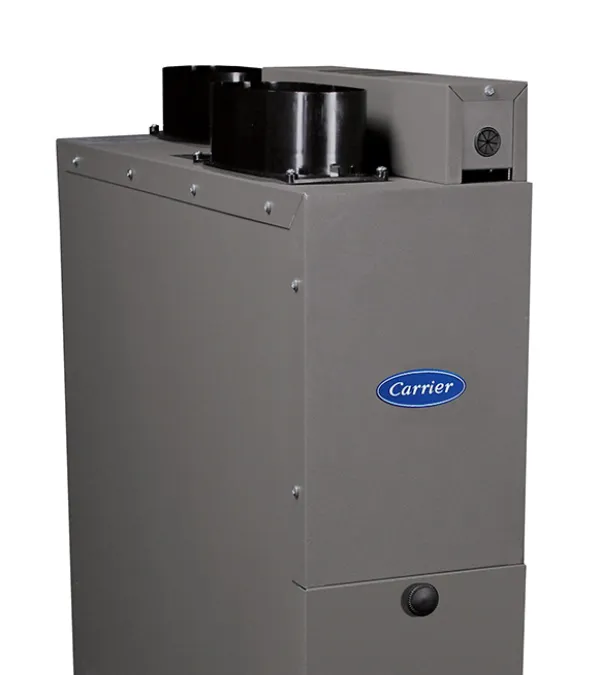
- Provides Balanced Ventilation— Unlike opening windows or using simple exhaust fans, an ERV simultaneously removes old air while bringing in fresh air for steady, consistent airflow.
- Reduces Energy Loss — The system transfers heat and moisture between incoming and outgoing air, minimizing the strain on your HVAC and helping you save on energy bills.
- Improves Indoor Air Quality — An ERV filters contaminants like pollen, dust, and VOCs before they enter your home—making your indoor air cleaner overall.
- Manages Humidity — Whether it’s hot and muggy or cold and dry, an ERV helps regulate moisture levels as it vents and replaces air.
- Works with Your Existing HVAC — ERVs typically integrate seamlessly with your ducts and can enhance the performance of your current heating and cooling system.
Feel Confident in Your Indoor Air
6 Reasons to Consider an Energy Recovery Ventilator
1 You Feel Stale, Stuffy Indoors
2 Allergies Keep Flaring Up
3 Your Current Ventilation Isn’t Enough
4 Lingering Odors
5 Concerns About Humidity
6 Year-Round Freshness

INFO CENTER
All About ERV's: Key Details, Tips, and Benefits for a Worry-Free Home
How does an ERV actually work?
Do I still need to run my HVAC system with an ERV?
How often should I maintain or clean my ERV?
Can an ERV help reduce odors?
What if my ERV stops working?
Is an ERV the right ventilation solution for every home?
We did not find your search. Please try another entry.
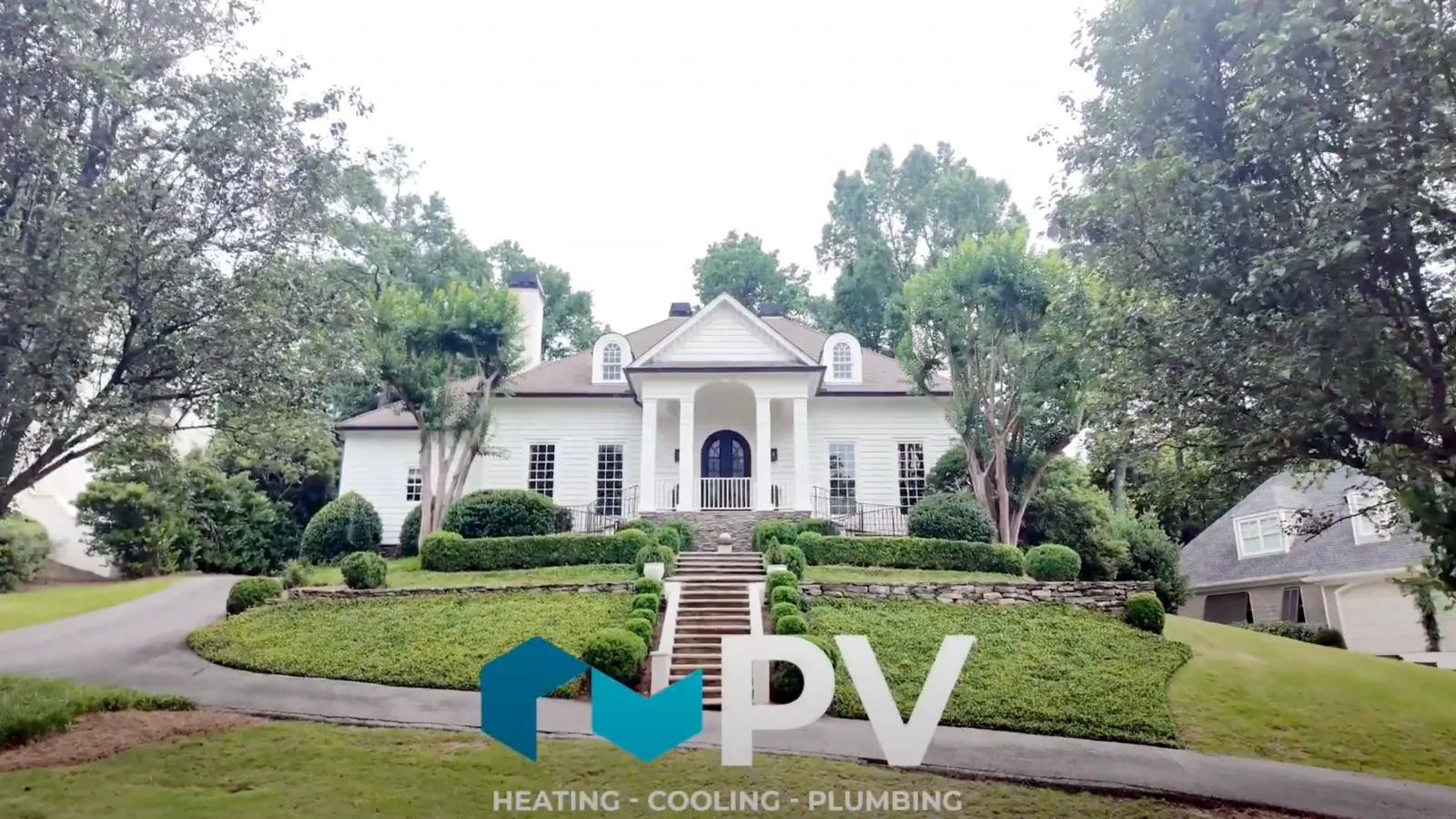
Real-World HVAC Solutions for Atlanta Homes
Watch How We Transform Home Comfort
Inside PV: Building Science Excellence
Gas to Electric: A Georgia Family’s Heat Pump Upgrade
Delivering Dependable Services Throughout Metro Atlanta
